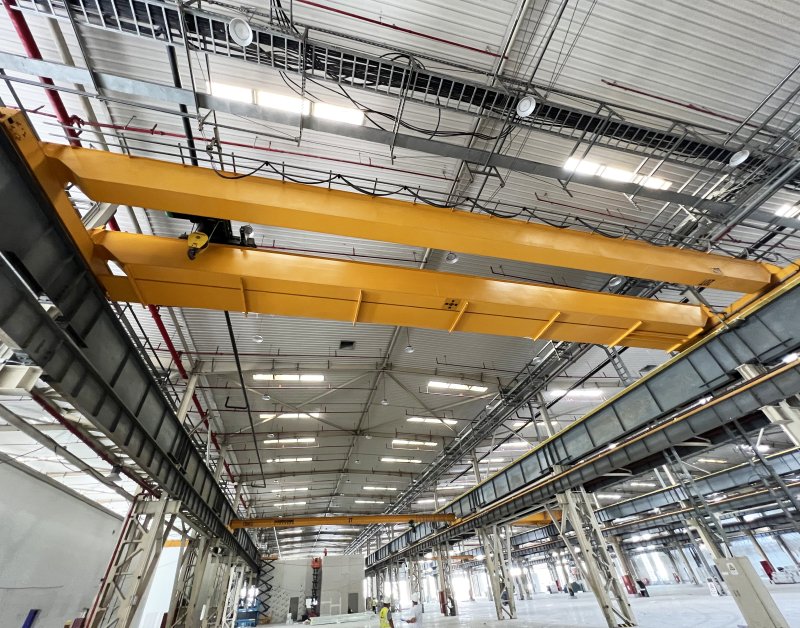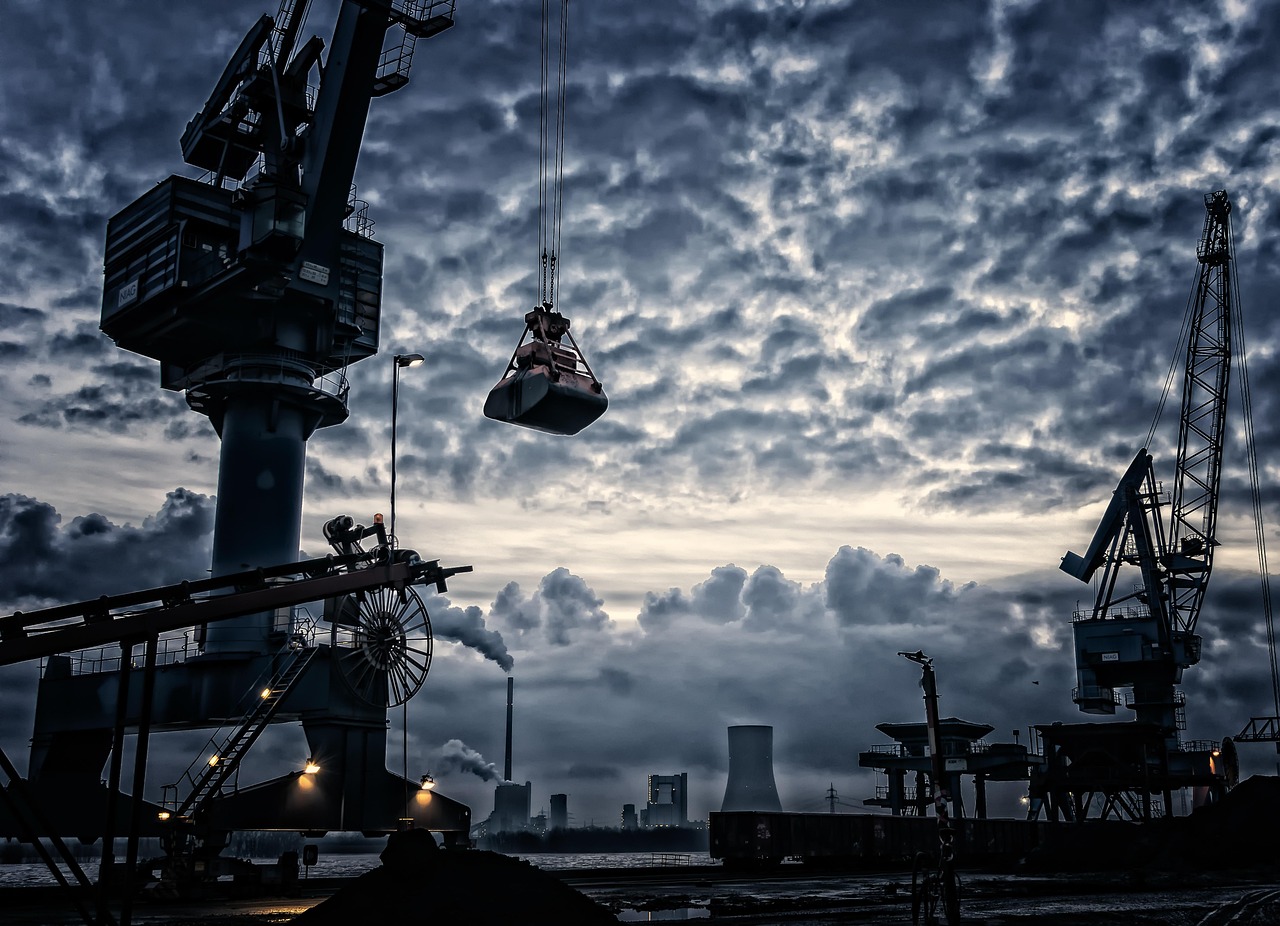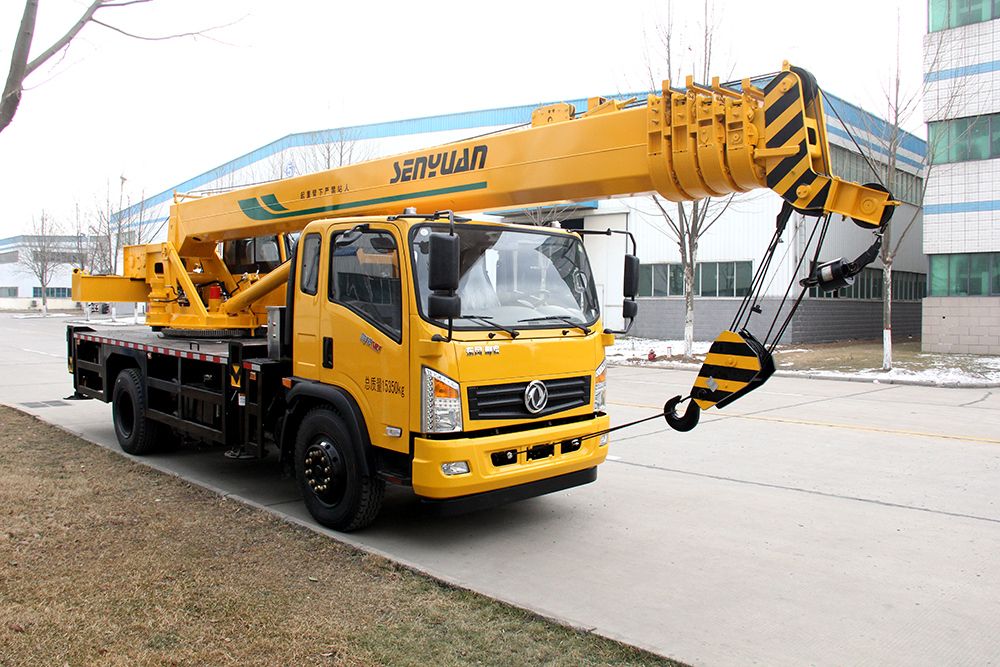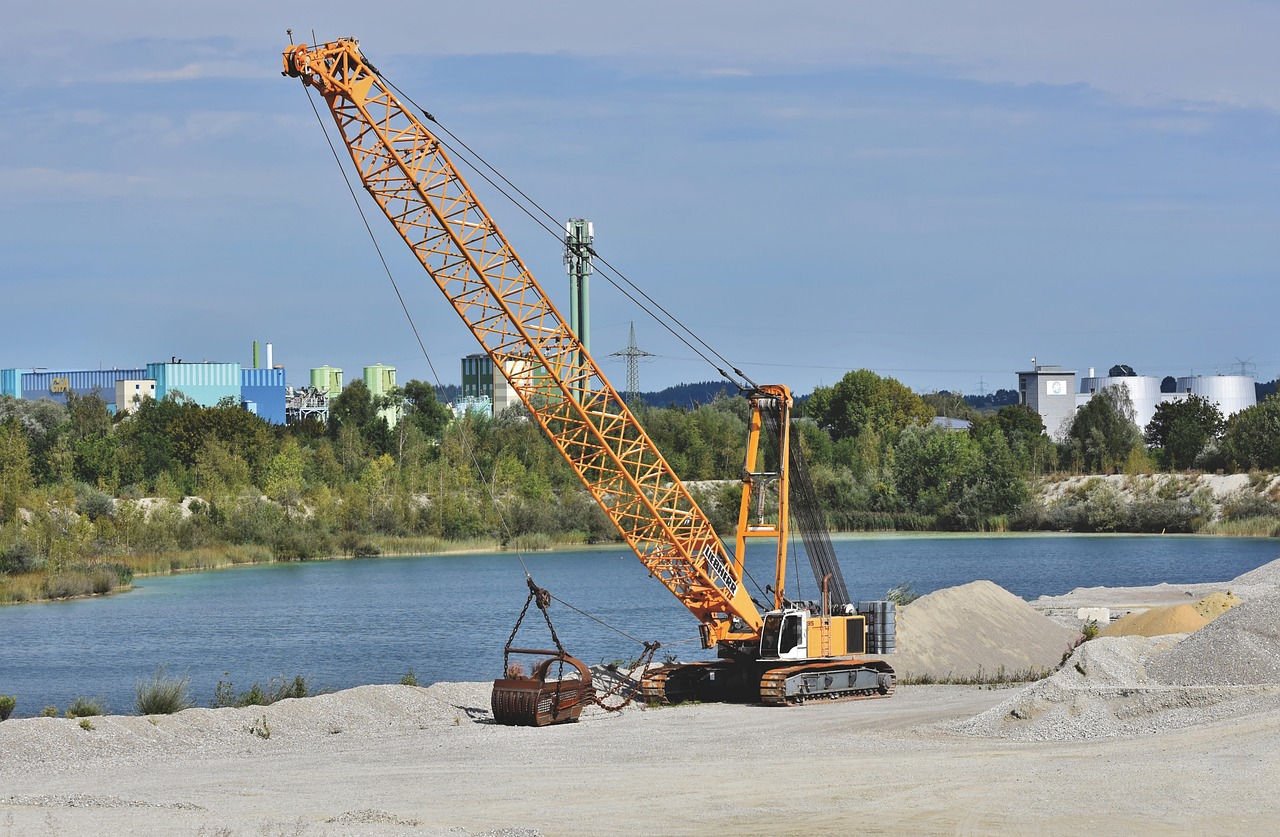Also known as "overhead crane," it consists of a main beam, end beams, and a trolley (including a hoisting mechanism). Installed on rails at the top of workshops, it is suitable for horizontal/longitudinal handling of heavy objects such as machine tools and steel materials in workshops. Its rated lifting capacity typically ranges from 5 to 500 tons, with a typical scenario being the transfer of steel plates in the stamping workshop of an
automobile manufacturing plant.

Tower Crane (Landmark Equipment in Construction)
Featuring a vertical tower body and a rotatable jib as its core structure, it is divided into two types: luffing-jib type (jib can be tilted) and horizontal-jib type (jib remains horizontal). It needs to be fixed on a concrete foundation or attached to building walls, and is used for vertical transportation of steel bars, formwork, and concrete in high-rise building construction. Its maximum working radius can reach 80 meters. For example, the luffing-jib tower crane used in the construction of the super high-rise "Shanghai Tower" has a maximum lifting capacity of 200 tons.
Truck Crane (Flexible Mobile Equipment)
With a truck chassis as the carrier and a telescopic jib (mostly hydraulically driven), it features "ready-to-operate upon stopping." It is divided into off-road type (suitable for rough construction site roads) and highway type (suitable for urban roads), with a rated lifting capacity of 5 to 1200 tons. It is commonly used in urban emergency rescue and bridge hoisting scenarios. For instance, a 25-ton truck crane used in highway bridge maintenance can quickly complete the replacement of bridge girders.
Crawler Crane (Heavy-Duty Operation Equipment)
Adopting a crawler chassis, it has a large ground contact area and low ground pressure, enabling operation on muddy and soft ground. Its jib can be combined with a "main jib + auxiliary jib," making it suitable for ultra-heavy object hoisting. Examples include the hoisting of the nacelle of a 3.6MW wind turbine (requiring a 1600-ton crawler crane) in wind power projects, or the installation of large reactors (weighing over 1000 tons) in petrochemical projects.



